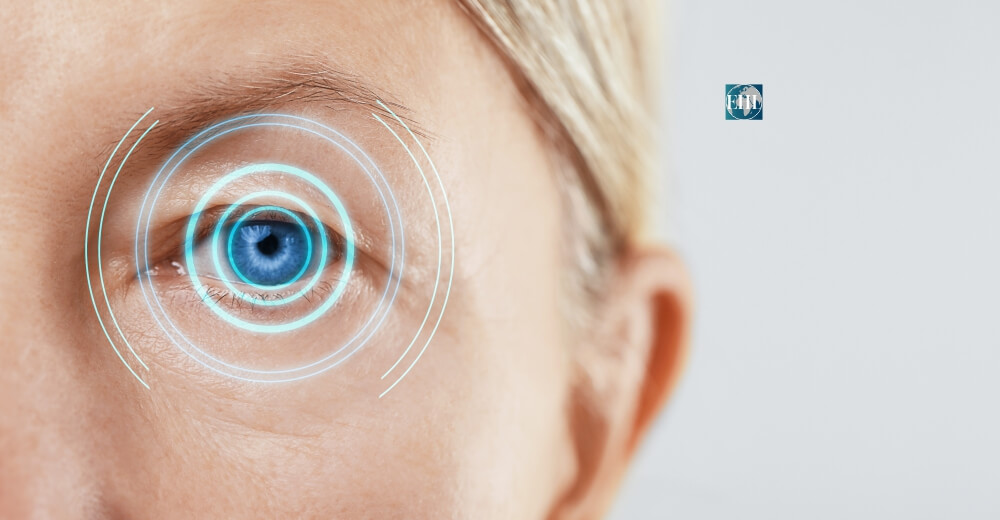Moving Forward
One of our five sense organs and the most complex organ in our bodies is also the most important, being a crucial organ that leads to many other sensory functions. Without vision, we are unable to enjoy the pleasures of scenic views and many other visual experiences.
Have you ever wondered what would happen if proper eye care were not implemented at right time? Well, it would lead to a lot of problems that will affect in different ways.
Many chronic conditions may lead to a challenging aspect of eye care. There is not just a single medical intervention that leads to restoring vision in numerous scenarios. Although there are repeated follow up for lifelong therapies.
Taking into consideration the challenges related to the costs of high-level treatments, the need for follow-ups and interaction with other healthcare sectors, and the patient’s cooperation and compliance.
Human Resources
When it comes to the eye care team, it is necessary to have well-trained ophthalmologists to perform comprehensive eye examinations, provide consultations and initiate medical procedures like surgeries for most diseases, Secondary level services like cataract, glaucoma, and some other corneal and oculoplastic procedures.
The providers of eye care can judge accurately cases that require advanced care and long-term care and support. There is an essential need to adapt to a patient-oriented approach, including patient training to increase adherence to treatment regimens.
Consumables and Technology
In eye care, infrastructure is purely designed on the needs of care and reducing the needless expenditure on an item that is not appropriate for a designated type of eye care. The physical spaces are organized to enhance a patient-centered ambiance, involving the members of family members and the community holding hands as partners into this.
The services here require equitable access to essential medical products and technologies of secure quality, safety, efficiency, and cost-effectiveness. Basic equipment like slit lamps, applanation tonometer, and many others need to be available for delivery of CEC. There are systems in place for the ongoing supply of consumables, which are further based on service levels of eye care delivered.
Service Delivery
The eye care facilitators offer a whole set of services, from promotors to treatment, in a continuous manner across different levels of care, settings as well as a provider than a one-time activity. These services are comprehensive in disease control, population coverage, and referrals as they are high quality, and accessible while being affordable for people.
They also deliver rehabilitation programs to irreversibly blind people, empowering them to live their lives independently while maintaining their customized quality of life. Lastly, CEC systems run both vertically and horizontally, as they incorporate with other medical facilities to guarantee on-point referrals to patients who need multi-disciplinary management.
Health Information
Eye care information permits the regulation, relaying, and recall of medical data. This allows the production, analysis, and dissemination of reliable information on eye health determinants, eye health status, and eye health system performance. An electronic medical record (EMR) or electronic health record (EHR) or a manual collection of data needs to be in place.
Finance
The financing system of eye health raises ample funds for eye care and ensures patients with chronic eye conditions do not suffer from a hefty expense due to prolonged illness and extended treatment. Proper health insurance-based financing methods offer finances for cataract surgery with its increasing rate of cases in 2022.
Governance
The CEC relies on solid guidance and governance to assure universal eye health coverage that is integrated with national health systems. Maintaining strong links with government organizations, NGOs as well as private local services providers.
To conclude,
As mentioned above, the model of eye care has been working efficiently for diseases like cataracts, trachoma, and many others. A comprehensive eye care approach needs to be advocated whenever and wherever possible to address this.









